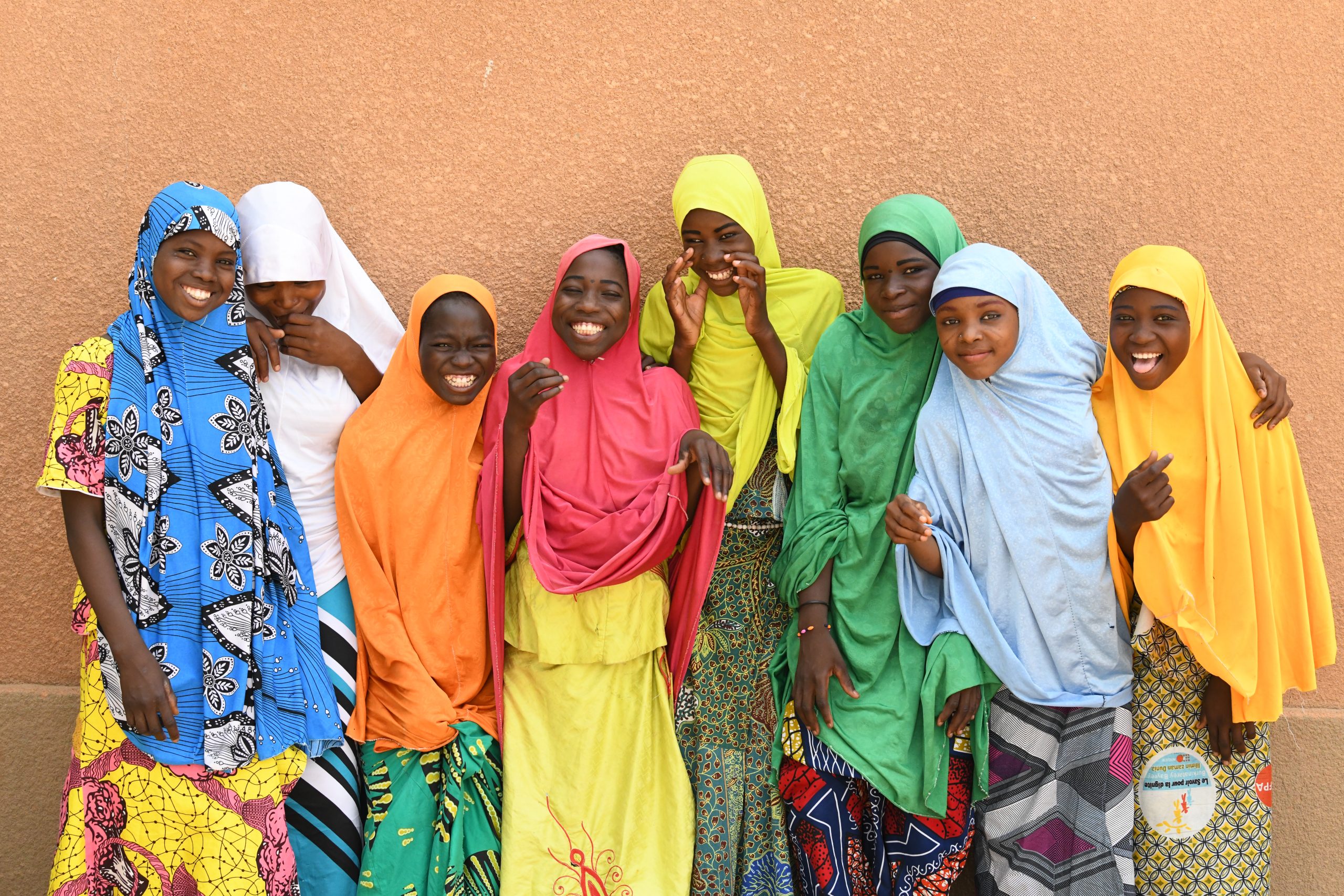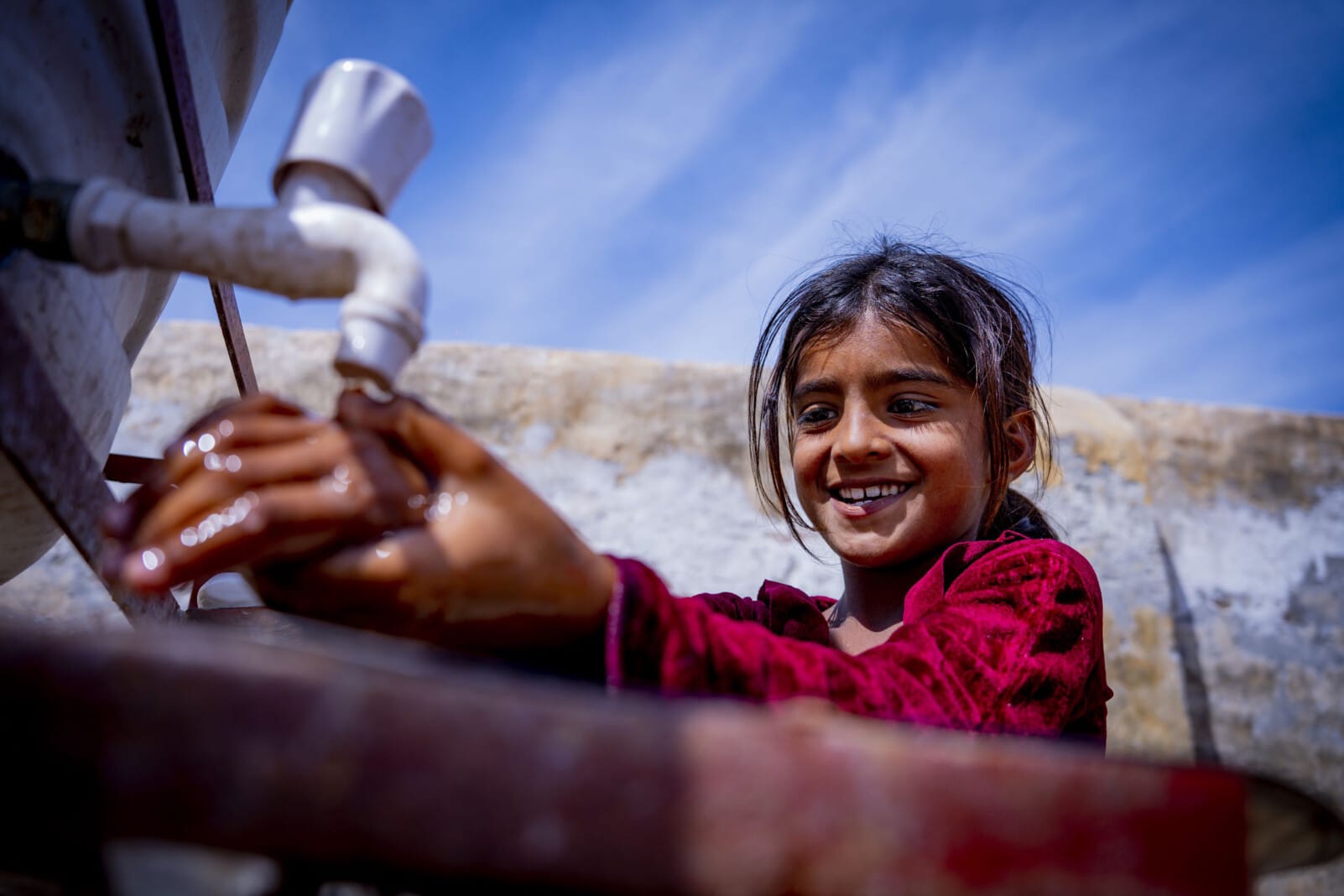Inadequate drinking water, sanitation and hygiene (WASH) pose critical health risks to all children, but have additional implications for the health, psychosocial well-being and mobility of women and girls.
Drinking Water
In 2015, 2.1 billion people did not have access to safely managed water services, defined as an improved source that is accessible on premises, available when needed and free from contamination and 844 million people still lacked even a basic water service. When households lack water supplies on their premises, members must expend time and energy collecting water. In sub-Saharan Africa, one round trip to travel to a water source, collect water, and return home takes an average of 33 minutes in rural areas and 25 minutes in urban areas – and often, more than one trip per day is necessary to meet the needs of the household.[1] This is time that could be spent on productive and leisure activities – or in the case of children, on educational attainment. Water collection can also result in injuries, especially to young girls and pregnant women, and expose women and girls to risks of sexual violence while travelling back and forth to the water source.
In a WHO/UNICEF JMP analysis of 61 countries, women were mainly responsible for water collection in nearly 3 in 4 households with water off premises. Children under 15 years of age were usually responsible for water collection in 1 in 10 households, with girls more than twice as likely as boys to fetch water. [1] However, even if they are not the primary household member responsible for collecting water, children’s participation in water collection is likely much higher, as time use surveys in select countries demonstrate, [2] With the introduction of questions on time spent, and responsibility for, collecting water in the current round of the Multiple Indicator Cluster Survey (MICS6), data will be increasingly available to better understand gender differentials in how the burden of water collection is distributed among household members.
Sanitation and Hygiene
In 2015, 4.5 billion people still lacked a safely managed sanitation service where excreta are disposed in situ or treated off-site and 2.3 billion still lacked a basic sanitation service. Among them, almost 600 million had “limited” services which were shared with other households, and 892 million people still practised open defecation – defecating in fields, forests, bushes, bodies of water or other open spaces. The data reveal pronounced disparities, with nine out of ten people practising open defecation in just two regions: Central and Southern Asia and Sub-Saharan Africa. The poorest and those living in rural areas are least likely to use a basic sanitation service.
Use of sanitation facilities that are shared with other households and open defecation place women and girls at risk of sexual assault and impede their ability to safely manage their monthly menstrual cycles in privacy and with dignity. Hygiene practices, including handwashing with soap, is also closely linked with sanitation and menstrual hygiene management.
Girls and women in low-resource and emergency contexts without access to adequate menstrual hygiene management facilities and supplies can experience stigma and social exclusion while also foregoing important educational, social and economic opportunities. Thus, in 2016, questions were integrated into the current round of the Multiple Indicator Cluster Survey (MICS6) to measure whether women and adolescent girls use appropriate menstruation materials and have a private place to wash and change. Such data can inform gender-responsive WASH programming to meet the needs of women and adolescent girls.
Resources

Notes on the Data
1. World Health Organization, Safely Managed Drinking Water – Thematic Report on Drinking Water, Geneva, Switzerland, 2017.
2. UNSD, The World’s Women 2015, New York, 2015
